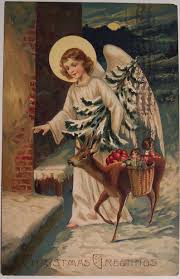Title: You Want Fries With That?
General Information About this Item:
- Greeting, Gesture or Tradition
- Language: English
- Country of Origin: United States
- Informant Number: 12
- Date Collected: 2/23/18
Informant Data:
- High level manager within DDS. Has been at Dartmouth for nearly 40 years and has worked with the areas today known as the Hop, Collis Cafe, and 53’ Commons.
Contextual Data:
- Tradition, Greeting, or Gesture that started in the early 1990s during the informants time here at Dartmouth. Secondary Lore here, as the item came from a former member of the Hop workforce named Nick and also nicknames “The Happy Hop Guy.”
Item:
- This is Verbal Folklore and a greeting or gesture. Could also be categorized as a tradition. Whenever kids would order their food at the Hop, Nick would ask them, “You Want Fries With That?” The students loved Nick and whenever they saw him they would smile and ask him, “You want fries with that?” It was a playful gesture that was used by many students for the entirety that Nick worked at the Hop.
Transcript:
“Nick was well loved by the students here back in the 90s. He used to say ‘You want fries with that?’ to each person he checked out…Eventually all the students started saying it back to him and it became a greeting in a sense.”
Informant’s Comments:
Everybody loved Nick and by asking him if he wanted fries with that? It was a way for the students and nick to bond and to come together.
Collector’s Comments:
- Clear example of Verbal Lore
- A gesture or greeting that was used over a period of time between Dartmouth Students
- We could call this a Dartmouth Hop Greeting
Collector’s Name: C. Ross Wood
Tags/Keywords:
- Getting, Gesture, or Tradition
- Verbal Folklore
- DDS


